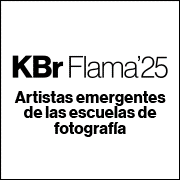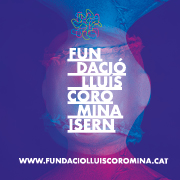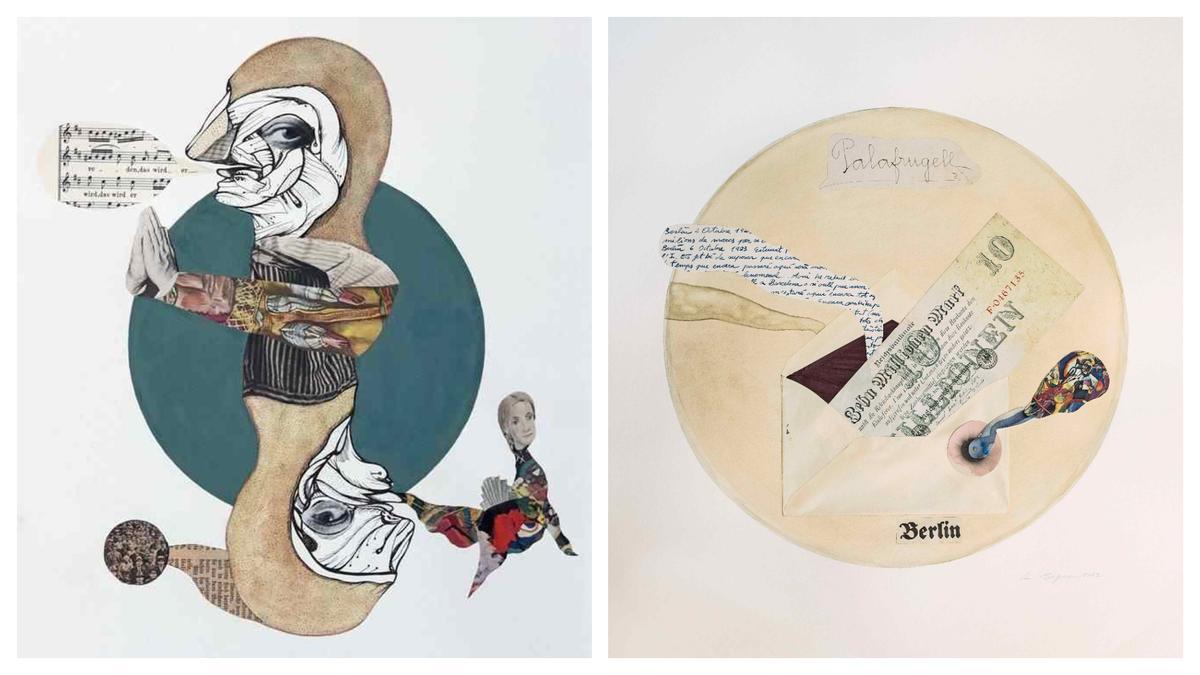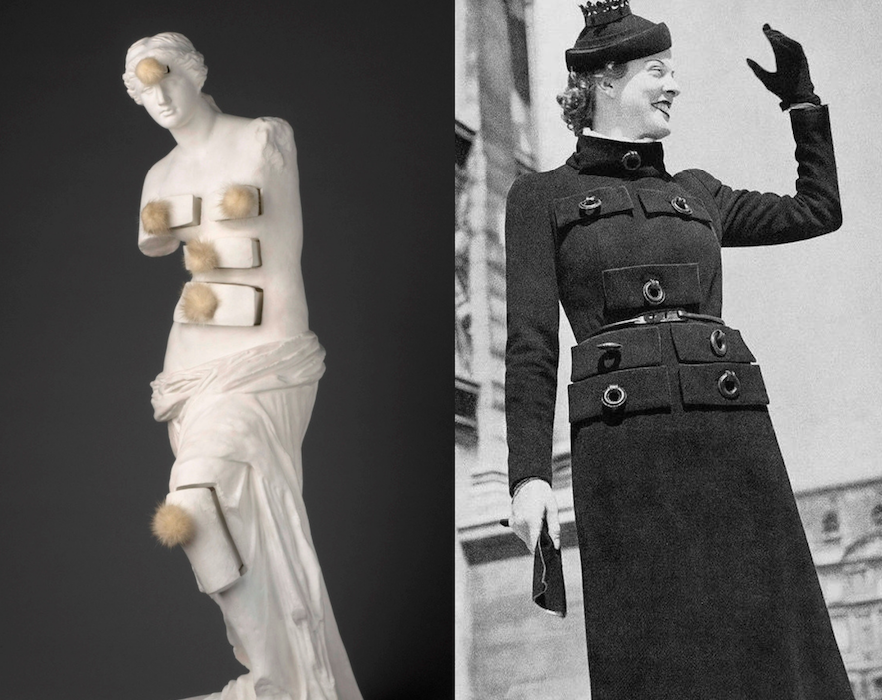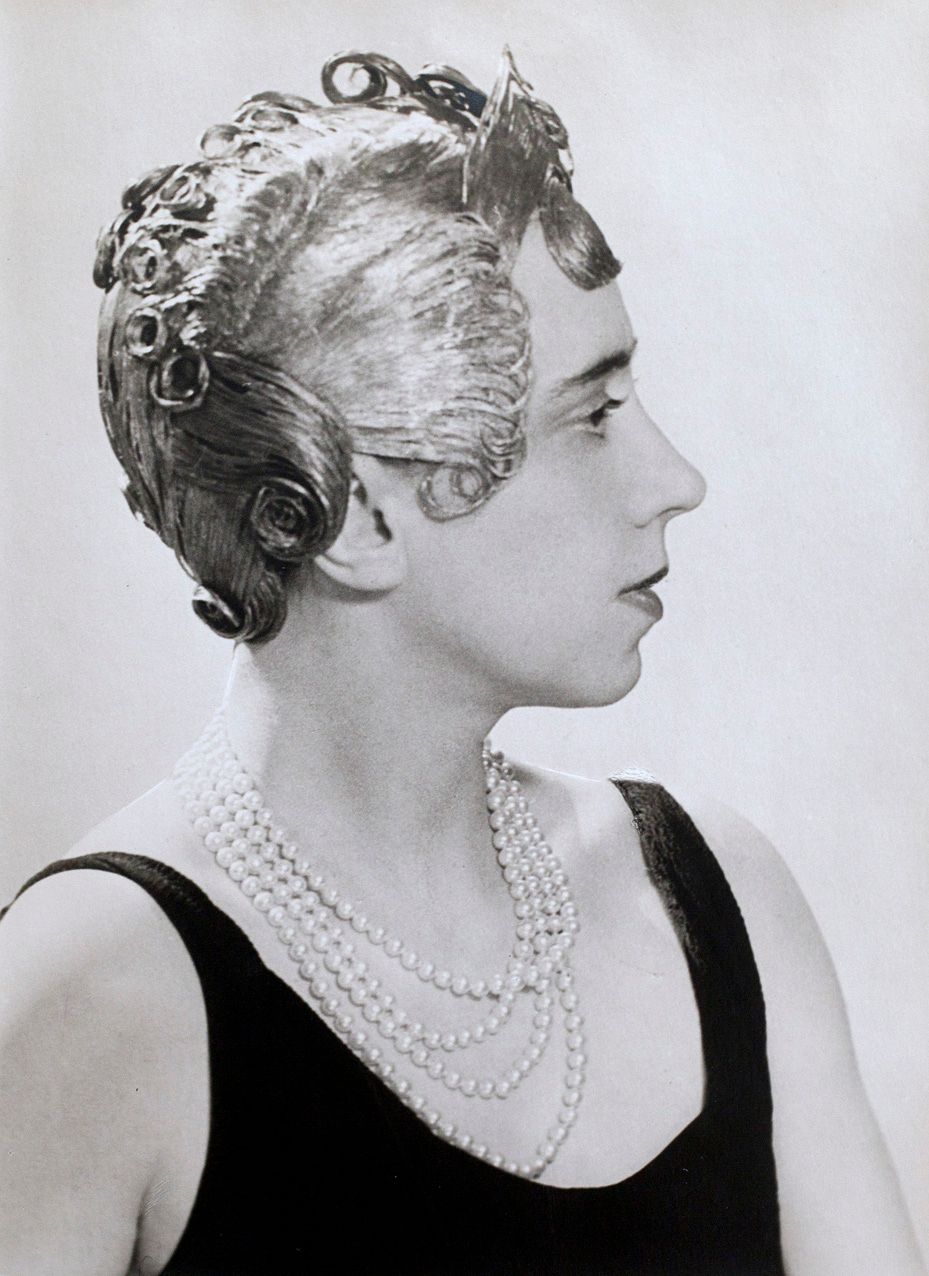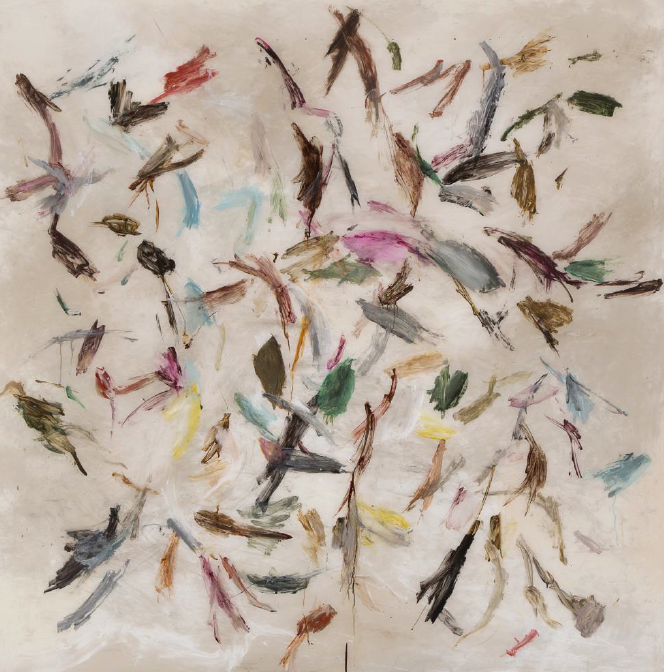Exhibitions
Rome A complex and powerful world of antiquity
The new permanent exhibition of the MAC-Museum of Archeology of Catalonia, 'IMPERIVM. Roman Histories', is a guide to the discovery and knowledge of Roman civilization
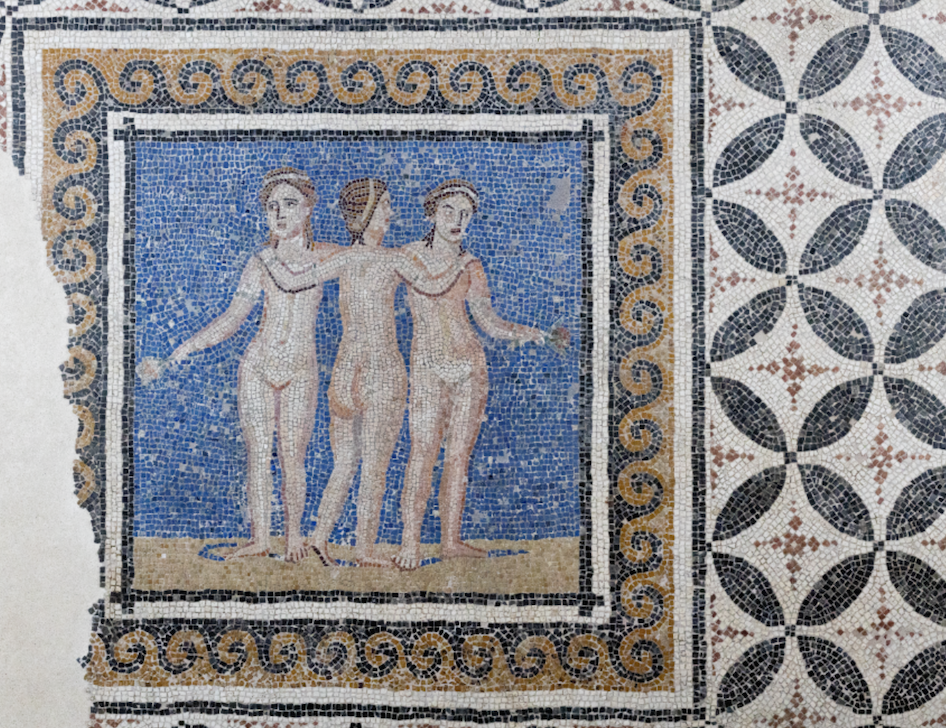
The Museu d'Arqueologia de Catalunya (MAC) is used to seeing high-quality and long-lasting exhibitions, mainly due to the difficulty of obtaining or collecting some of the pieces on display and so that the public has more time to see them, as is now the case with IMPERIVM, Roman stories, with works that are part of the MAC collection from different Roman cities, such as Barcino (Barcelona), Tarraco (Tarragona), Baetulo ( Badalona) and Emporion (Empúries), as well as other places where the influence of Rome was decisive.
Two years ago, at the Museo Nacional de Arte Romano in Mérida, an exhibition entitled Imperium was held there. Images of power in Rome, focusing on images of emperors and their families. It should be borne in mind that the portrait, mainly in the field of sculpture, had a great impact on the dignitaries and Roman nobles due to its realism, which allowed us to better know what the characters who directed the destinies of the empire
On the other hand, the MAC exhibition raises other questions, as Jusèp Boya, director of the museum, points out in the catalogue: What is Romanity? How far did the roman empire extend? What structures and cultural elements held this empire together? What was the footprint of Rome in the lands that currently constitute Catalonia? All these questions are resolved by looking at the works that fill the different rooms of the museum.
The exhibition is curated by MAC curators Mario Cervera and Arturo de la Oliva, with a hundred archaeological objects, among which stand out the bust of Lady Flavia, only daughter of Emperor Tito, and the Mosaic of the Circus, with polychrome marble tesserae from the 4th century AD, from the site of the Ancient Palau Comtal minor. According to the curators, the exhibition "offers a more human view of Roman society through the life stories of eleven characters of the time: a senator, a married citizen, a priestess, two children, a legionnaire, two slaves, a slave trade and a gladiator”. In other words, a mixture of different sensibilities that were part of imperial Rome and that often go unnoticed in exhibitions of an ancient nature. In addition, the exhibition is accompanied by audiovisual and interactive media appropriate for the occasion, as well as an integrated and individualized audio guide that make it more attractive for the attending public.


